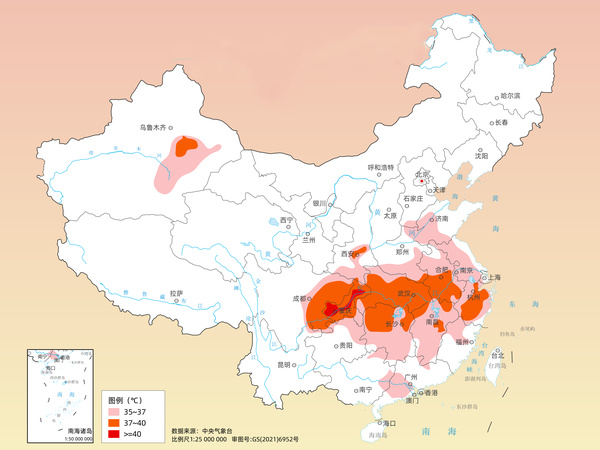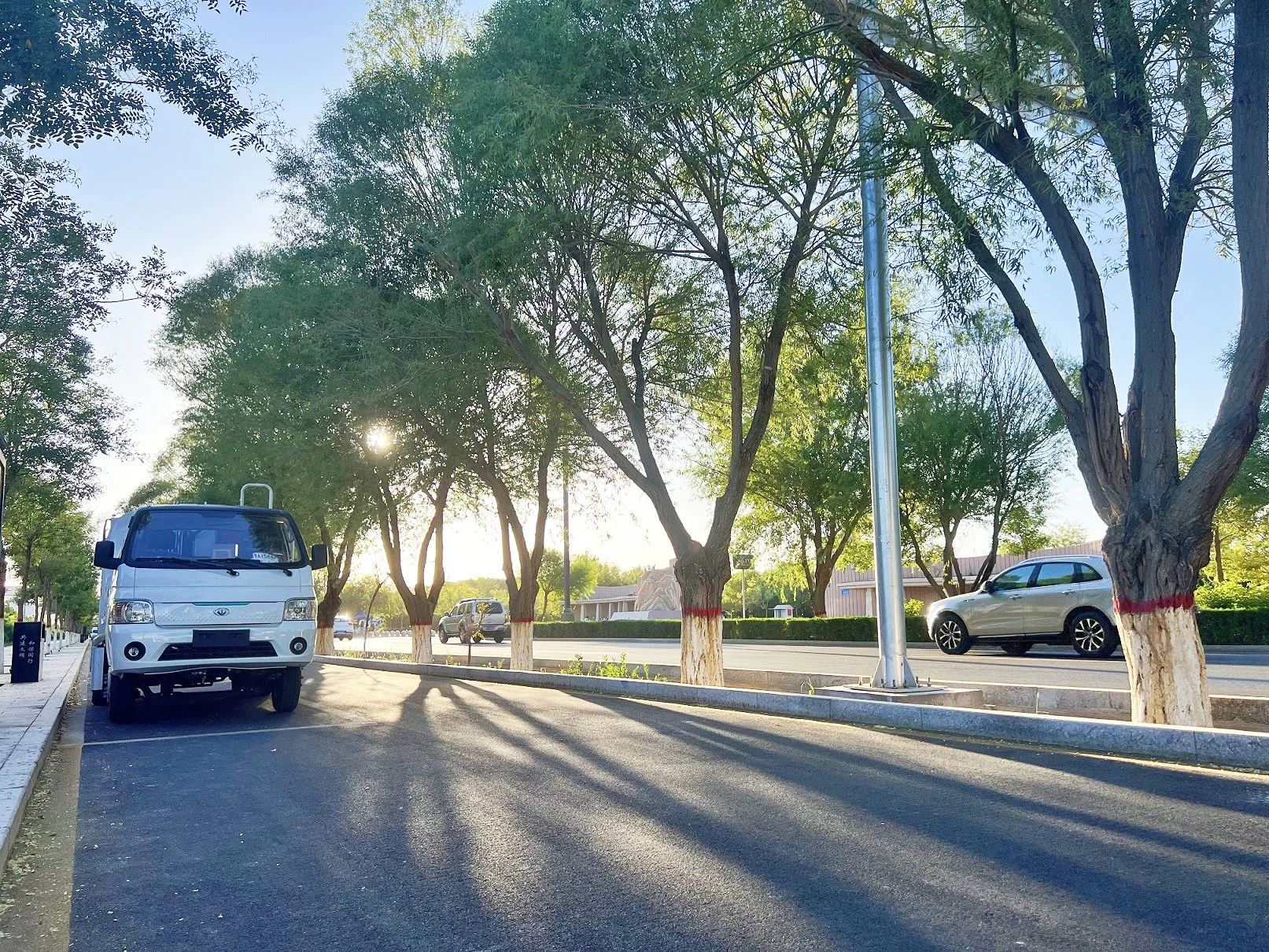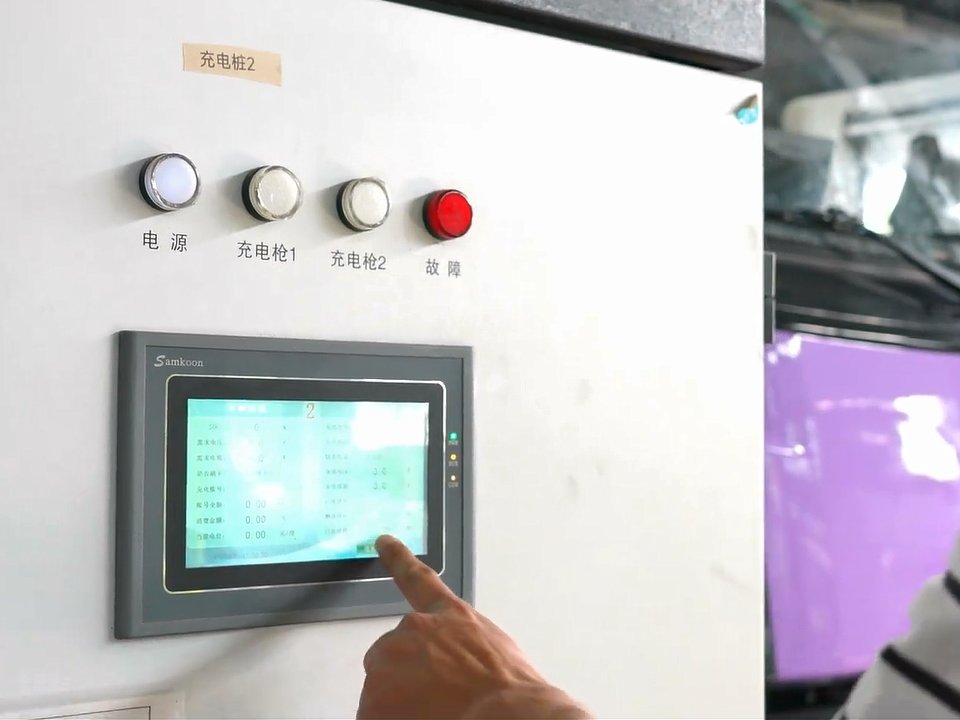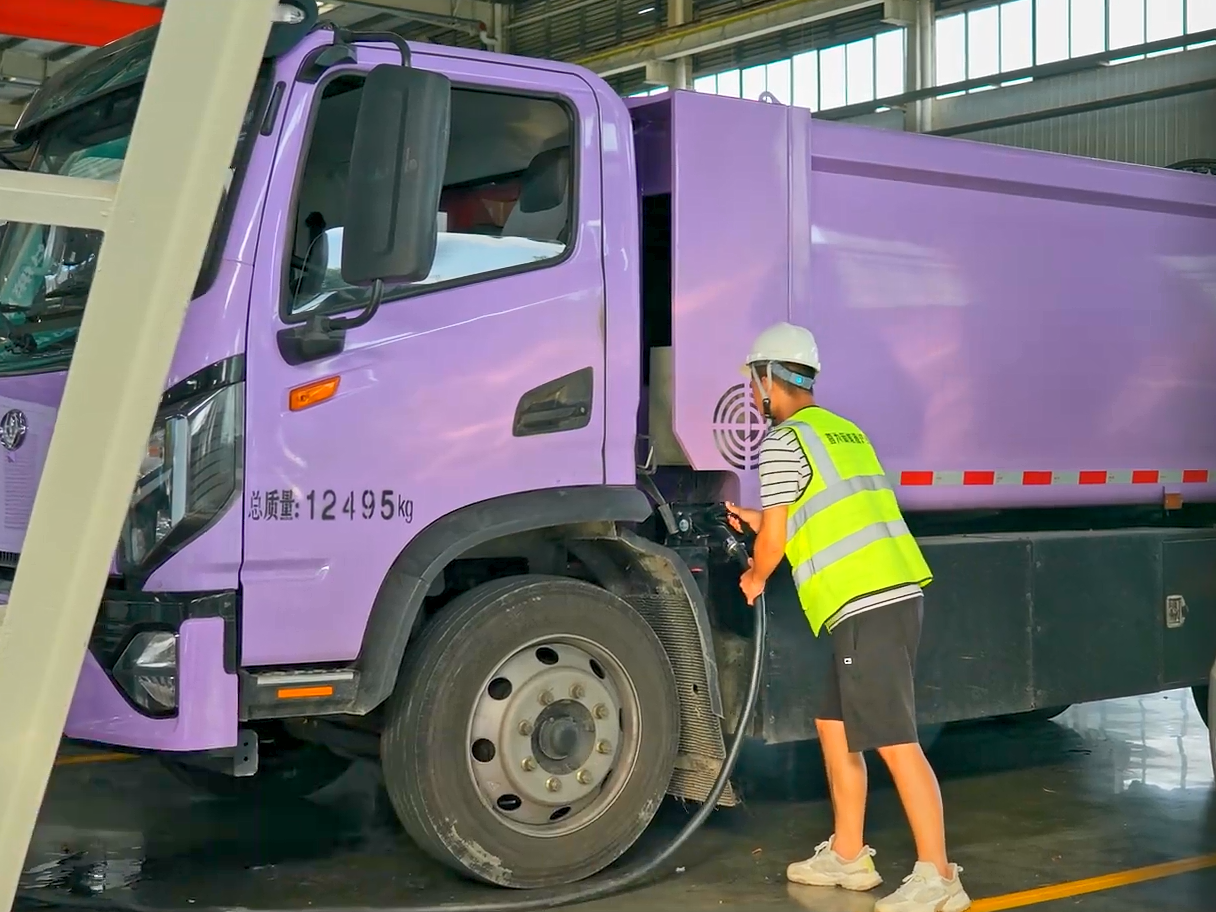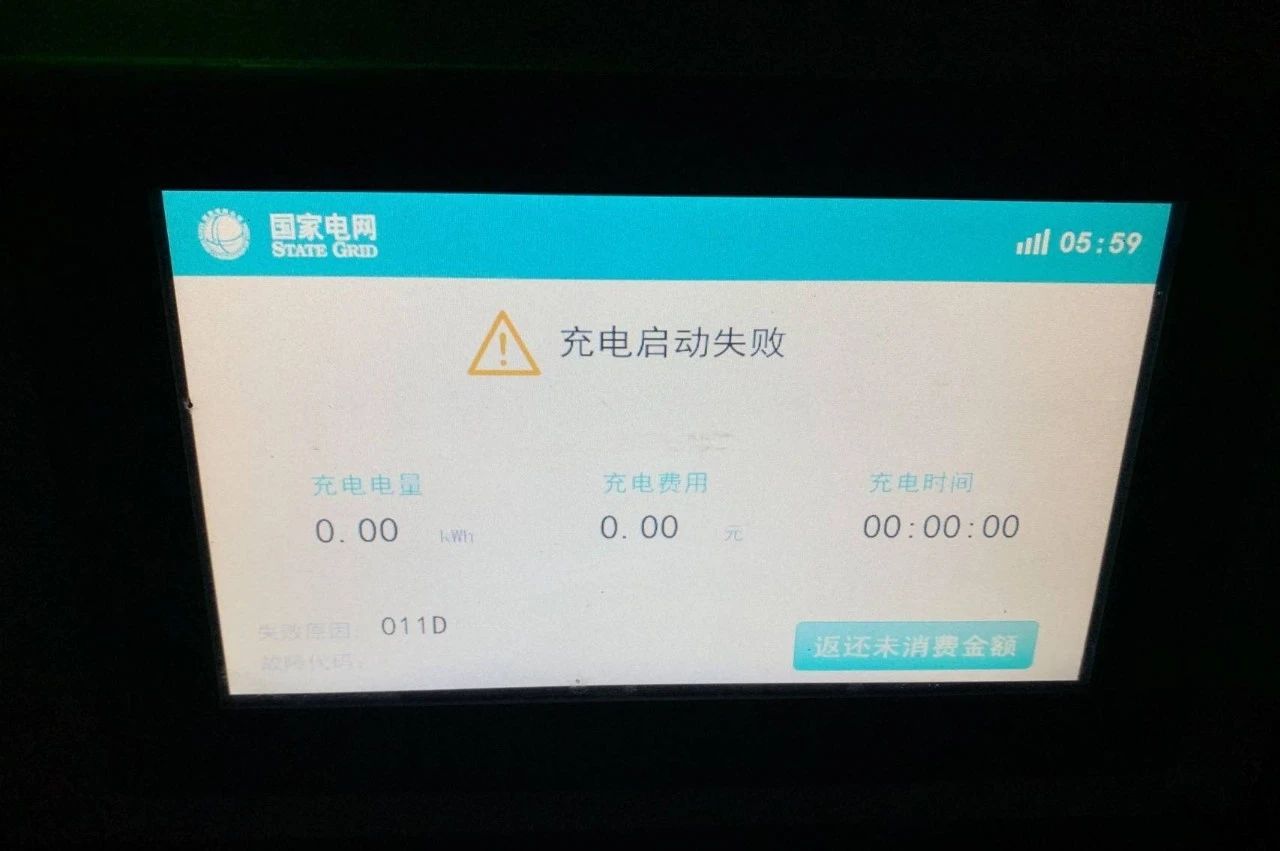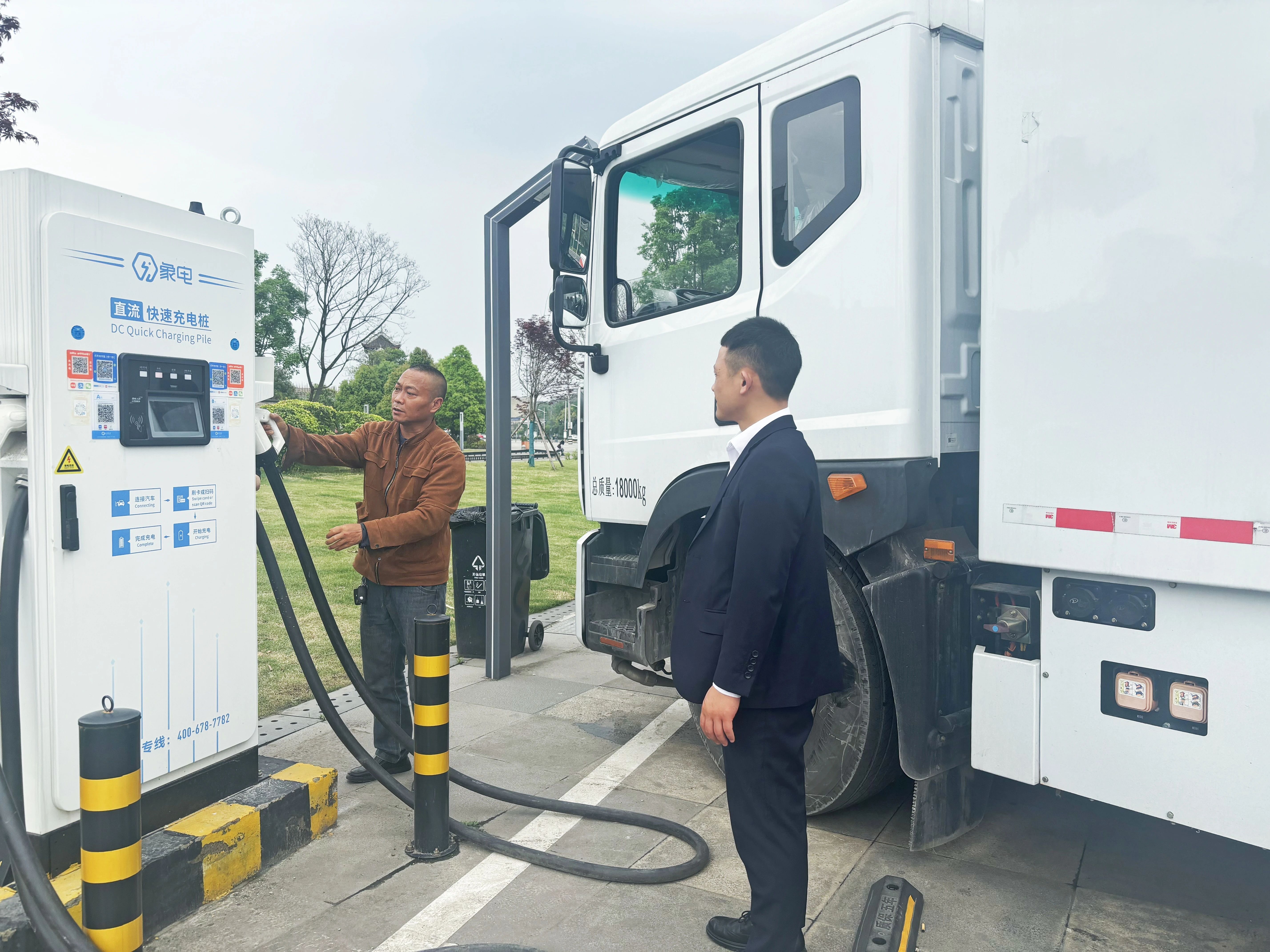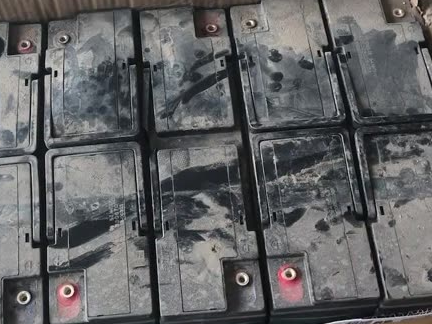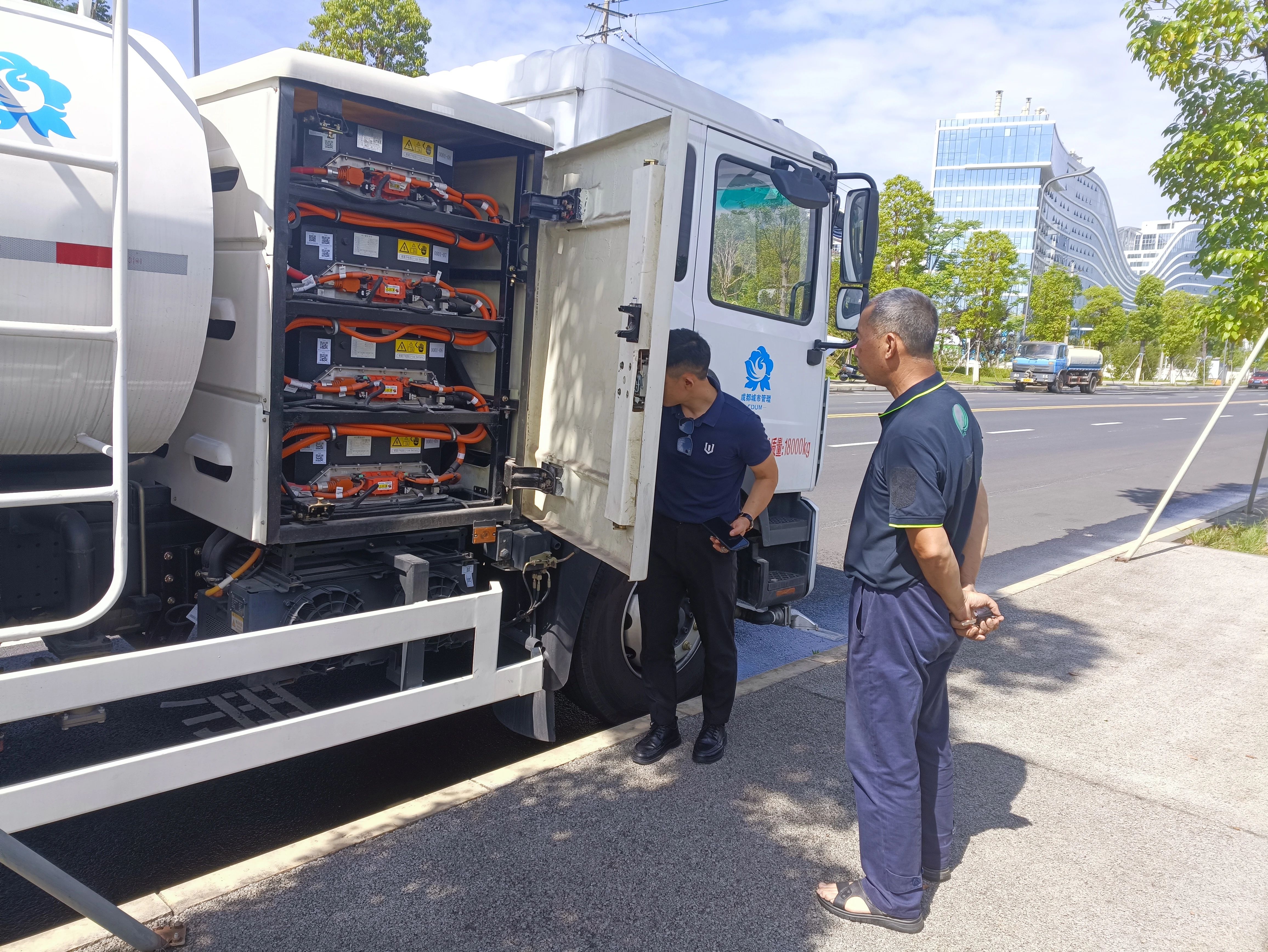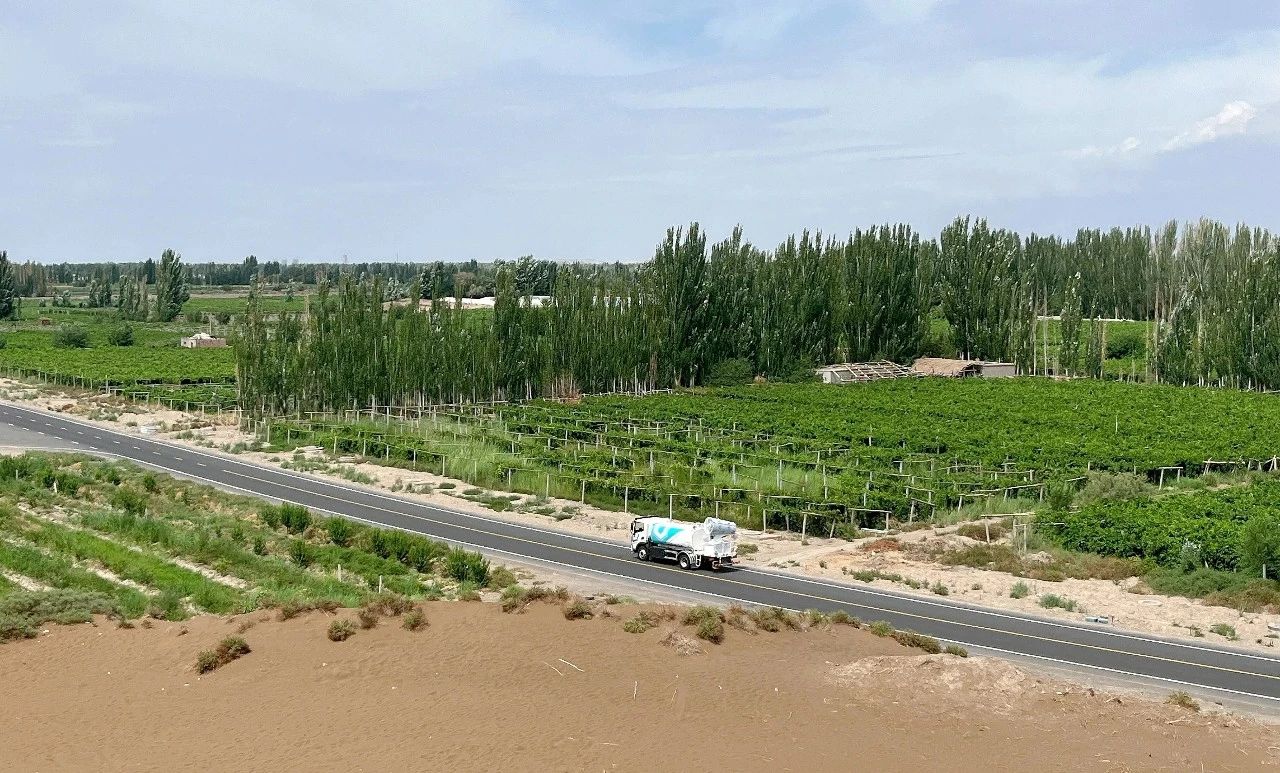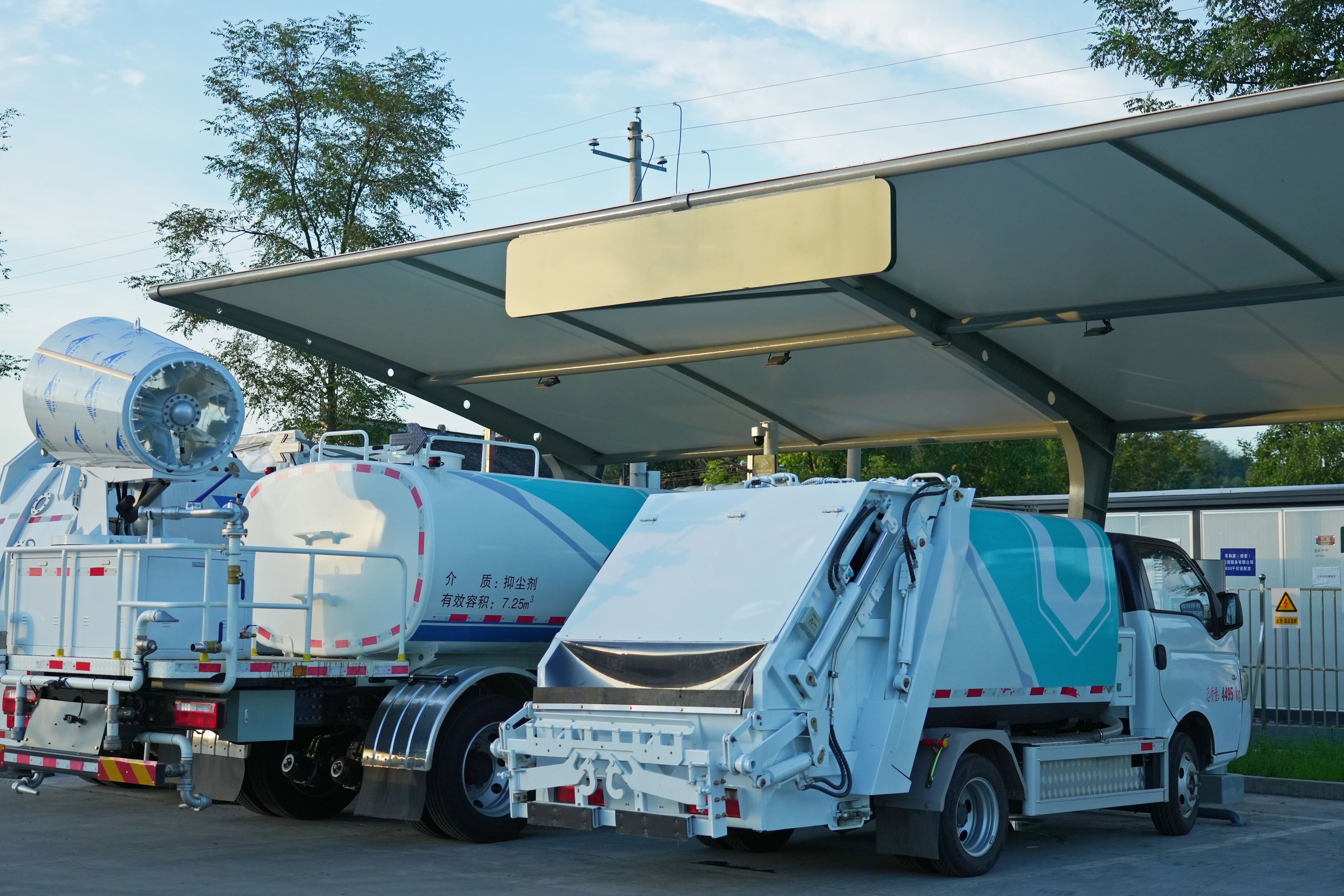This year, many cities across the country have experienced the phenomenon known as “autumn tiger,” with some regions in Xinjiang’s Turpan, Shaanxi, Anhui, Hubei, Hunan, Jiangxi, Zhejiang, Sichuan, and Chongqing recording maximum temperatures between 37°C and 39°C, and some areas exceeding 40°C. Under such high summer temperatures, what precautions should be taken to ensure safe charging and effectively extend battery life?
After operating under high temperatures, the battery of a new energy sanitation vehicle will be quite warm. Charging immediately in this state can cause the battery temperature to rise sharply, affecting both charging efficiency and battery lifespan. Therefore, it is advisable to park the vehicle in a shaded area and wait for the battery temperature to cool down before beginning the charging process.
Charging time for new energy sanitation vehicles should not exceed 1-2 hours (assuming the charging station has normal power output) to avoid overcharging. Prolonged charging can lead to overcharging, which negatively impacts the battery’s range and lifespan.
If a new energy sanitation vehicle is not used for an extended period, it should be charged at least once every two months, with the charge level maintained between 40% and 60%. Avoid letting the battery drop below 10%, and after charging, park the vehicle in a dry, well-ventilated area.
Always use charging stations that meet national standards. During the charging process, regularly check the status of the charging indicator light and monitor battery temperature changes. If any abnormalities are observed, such as the indicator light not functioning or the charging station failing to provide power, immediately stop charging and notify professional after-sales personnel for inspection and handling.
According to the user manual, regularly inspect the battery box for cracks or deformation, and ensure that mounting bolts are secure and reliable. Check the insulation resistance between the battery pack and the vehicle body to ensure it meets national standards.
Recently, Yiwei Automotive successfully completed a special test on charging efficiency and current stability under the extreme heat of 40°C in Turpan, Xinjiang. Through a series of rigorous and scientific testing procedures, Yiwei Automotive demonstrated exceptional charging efficiency even at extreme temperatures and ensured stable current output without anomalies, highlighting the superior and reliable quality of their products.
In summary, when charging new energy sanitation vehicles in the summer, attention should be given to selecting the appropriate charging environment, timing, and maintenance practices for long-term parking to ensure safety and efficiency in the charging process and extend battery life. Mastering the correct vehicle operation and management strategies will ensure that new energy sanitation vehicles remain in optimal condition, safeguarding urban and rural sanitation services.
Post time: Aug-29-2024





